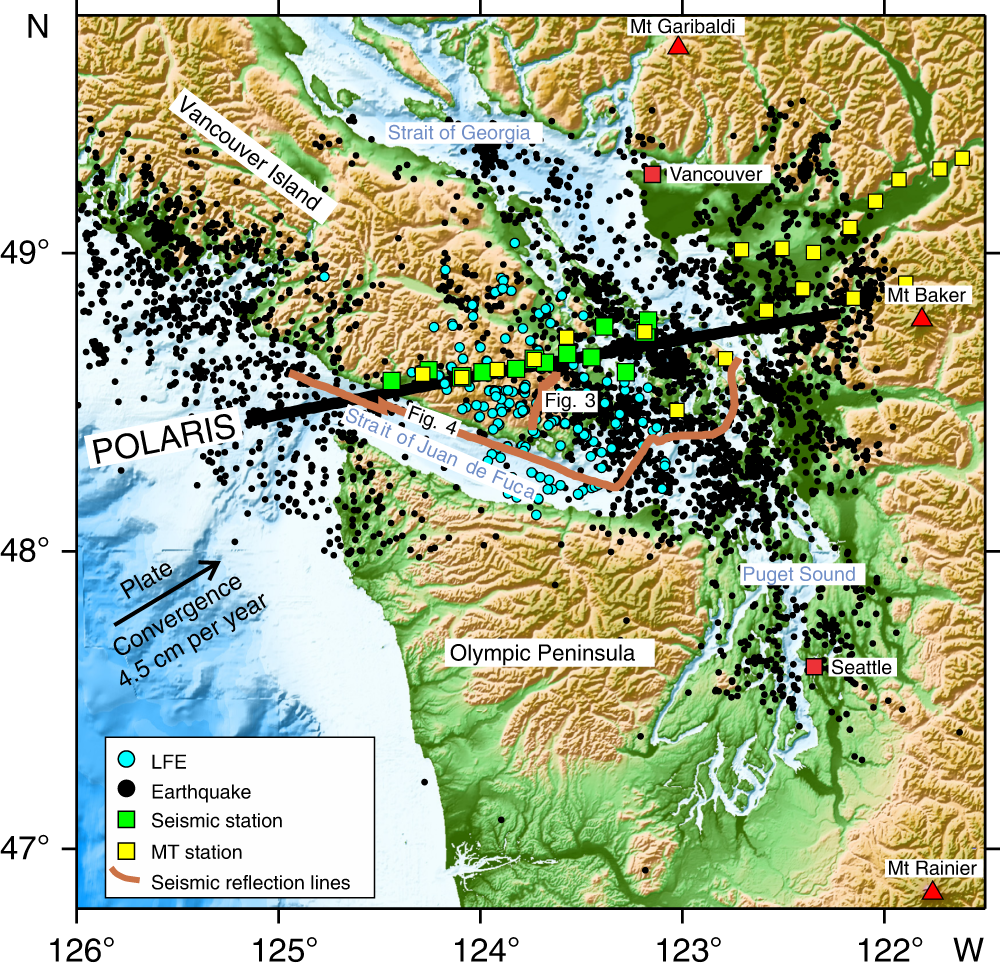
At this moment, we have to rely on empirical relations that are deduced from statistical analysis of data of past events. It is essential for earthquake engineering to continuously develop a tool of making higher reliable estimation of earthquake hazard and disaster which could take place in a growing urban area. New models will be developed for these buildings and adopted into the IES system. In future part of this study, site vibration tests will also be made for buildings that do not comply with seismic design codes and constitute the largest portion of the seismic risk. Results will be valuable for a variety of purposes ranging from disaster mitigation to emergency management. Once the source-to-structure integrated model is complete, past earthquakes as well as potential scenario events in Istanbul will be modeled in the final form of IES on MATLAB. In future studies, alternative models for this purpose along with input model parameters for Istanbul will be applied.

Currently, the IES on MATLAB does not include the source to bedrock wave propagation mechanism and the resulting ground motions at each grid point. The most effective ground motion locations in the selected area have been determined, and the critical buildings that have maximum displacement during the earthquake motion are detected. The effect of bedrock depth and soil parameters on strong ground motion distribution has been observed. Since the obtained ground motion distribution and peak values are not very high, structural damage has not been observed under the current simulation. At the end of the analysis, it is seen that most of the buildings make small displacements and the displacement values are directly proportional to the total height of the structures.

In this study, we present an initial application in Zeytinburnu district of Istanbul where the results are expressed in the form of spatial distributions of ground motion and building responses. This version of IES is being built in MATLAB and includes site response analysis and structural analysis of existing buildings with data obtained via GIS databases. For this purpose, integrated earthquake simulation (IES) has been developed in Japan, and now a new version is being developed in Turkey which targets Istanbul. Recent advances in computing have brought a new and challenging way to tackle the earthquake hazard and disaster problems: integration of the seismic actions in the form of numerical models.


 0 kommentar(er)
0 kommentar(er)
